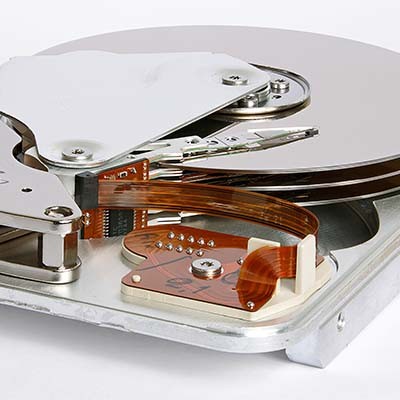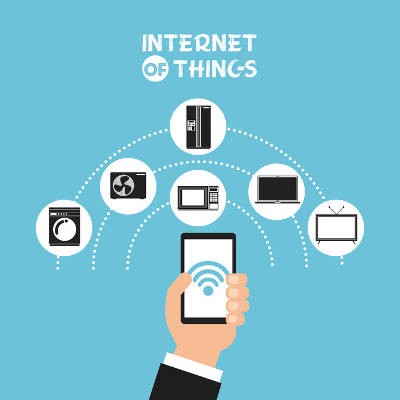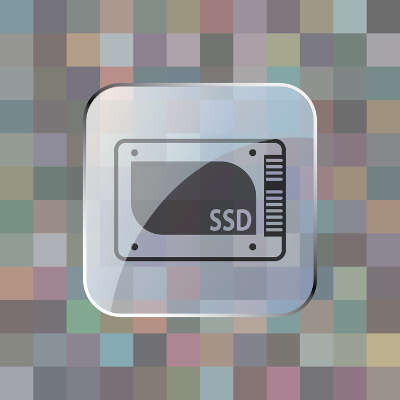Displays are cropping up everywhere these days, from electronic billboards to office televisions to just about any consumer electronic device. Due to the high demand for these displays, many manufacturers have turned to OLED technology to make high definition capabilities more accessible. We’ll focus on the differences between OLED displays and how they are fundamentally superior options compared to the traditional LED displays.
Argentum IT LLC Blog
There is no shortage of useful devices that a business could benefit from, but the most popular is undoubtedly the smartphone. As a communication tool, it is effectively unparalleled - you can use your device to conduct business and communicate from anywhere. However, this is neglecting many of the other abilities that make the smartphone a smart choice for your business productivity, especially when you’re mobile.
Although we’re in the habit of discussing ways to keep your business more secure, we unfortunately have to discuss how to keep yourself more secure against a business. Walmart recently filed a patent that could potentially be used to undermine the security of everyone there, from shoppers to employees. We took the time and dug into the jargon in the patent to give you a better look at the situation.
It’s not unusual for people to try and predict what the future will look like, but too many times when people try and predict what will happen in the future, the reality of what is happening today isn’t taken into account. Imagining the workplace (and workforce) of the future requires we look at where we are today, the pace of change, and what changes are expected. It may not go the way you envision, but the more empirical data you use to model what the future looks like, the less disappointed you’ll be when your imaginary benchmarks aren’t met.
Have you ever found yourself packing too many things for a short trip? What about your technology? Do you have multiple devices? The truth is that no matter the reason you are traveling, you don’t need to pack like royalty to be able to be productive while you are on the road. Today, we talk about how scaling down your technology while you travel is a solid practice.
Wireless charging seems to be a perfect idea - imagine if someday, our devices would never run out of charge? This may be why such aggressive progress has been made toward building a better battery charger. However, not everyone is convinced that wireless charging will have the effects that are desired of it.
Money needs to move in order for the economy to work. Traditionally, banks are the major lending institutions, and as a result have to adhere to a myriad of regulations. To provide an equitable system that people aren’t afraid to utilize, there are a lot of checks and balances that have put in place by the bank and regulators, alike. Today, there is growth of what are called marketplace lenders (MPLs) that are changing the way people (and organizations) can access capital and it is fueled by what is referred to as FinTech, or financial technology. Today, we will take a short look at FinTech and how it is changing the way we manage, borrow, pay, see, and use money.
Technology has changed the way that a lot of different industries approach operations, and academia is no different. Depending on the type of student, however, the use of technology differs and varies considerably. We’ll discuss how those in education take advantage of technology in ways that may have seemed so far away just a few decades ago.
As financial services have become a much bigger percentage of the economy in the United States, more interest, and capital, is being poured into improving financial services technology. Known as FinTech, there have been many great recent innovations that provide better information, opportunities, and ultimately returns for investors. This month, we take a look at what the FinTech industry is trying to do, and the effects it has on investors, and the economy as a whole.
Most computer users know of the hard drive, but how many actually know what it does? Depending on who you ask, you’ll get different degrees of answers. It’s rare that you’ll encounter the ordinary person who knows what the hard drive is, as well as how it works or what it does. This week’s tech term is the hard drive, so let’s dig in.
How much value does your company get from its technological assets? This might seem like a simple question, but it doesn’t have a simple answer. You can implement the latest and greatest solutions, but you don’t necessarily gain value from them, or as much as similar organizations in your field. With businesses aiming to cut costs and secure a profitable future, how can you make sure that IT is providing value to your organization?
Businesses today rely on so much technology that it’s impossible to think about operations without considering how technology can make them more efficient. In fact, many organizations would completely collapse without the innovations brought about as a result of technology development. One of the hottest trends over the past few years has been the shift from in-house assets to web-based assets, ranging from application access to infrastructure hosting.
Your business either has a sound plan to manage its IT maintenance, or it does not. There is no middle ground here. Either you have an internal team dedicated to maintaining your IT infrastructure, or it’s not being taken care of as well as it should be. Even if you do have an internal team, you might notice that they simply don’t have time on their hands to handle all of their responsibilities. We’re here to introduce you to one of the most notable ways of keeping your technology in proper working order: managed IT services.
Do you know how the countless devices entering the workplace will affect your business’s infrastructure and security? It’s important to remain future-minded about how the Internet of Things and connected devices will influence your business in the near future. According to HAX Hardware Trends, 2018 will see a multitude of changes in how we approach the Internet of Things, as well as how businesses manage it for their networks.
It’s true that email is such a common solution that most people don’t think twice about how it works. However, it’s imperative that you at least understand the concept, as it can provide you with a considerable advantage when it comes time to optimize email access on your mobile devices. First, we’ll discuss the ways in which the two major message exchange protocols differ, and then dig into the specifics of why you should choose one over the other.
Technology is a necessity for businesses everywhere if they are to reach their goals, which are themselves influenced by the technology that businesses have access to. If this cycle is to continue, a business needs to establish what is expected to come next in the line of IT innovation. From the looks of it, businesses are currently placing convenience in high regard.
Vince Lombardi, one of the most successful head coaches in NFL history, once said “If you are five minutes early, you are already ten minutes late.” Although it wasn’t its intended use, this quotation can easily apply to technology. The tech industry is constantly changing, improving, and innovating. Adapting to changes is something all businesses must do to thrive, small and medium businesses included.
Those in the business sector in charge of making decisions can often break down the choices they face as follows: benefit the short term vs the long term. If you’ve got experience with decision making, then you realize that planning for the long term works out better for all parties involved, including your bottom line. This is especially the case when it comes to big decisions involving technology.
How would you like to be able to charge your smartphone by simply walking down the street? Or to be able to turn the tie you’re wearing into a voice-recognition security system? Thanks to a team at Michigan State University, these abilities may not be so out of the question, as they have developed a promising little device that could be used to achieve these goals and many others.
In recent years, the familiar hard disk drive has slowly been losing ground to the much faster solid state drive. As they operate through very different processes, there are a few critical differences that you need to be aware of: SSDs have a limit to how many times data can be rewritten on the drive. This limit isn’t small, a standard consumer SSD drive is rated to sustain 40 gigs of data writing per day for 10 years. This may seem like a lot, but you’ll only get good results if you meet certain requirements and practices.




















